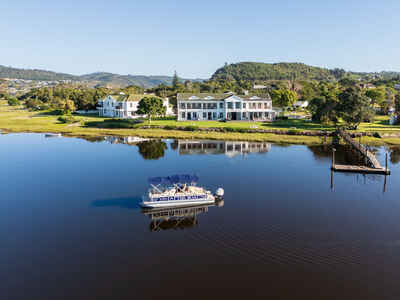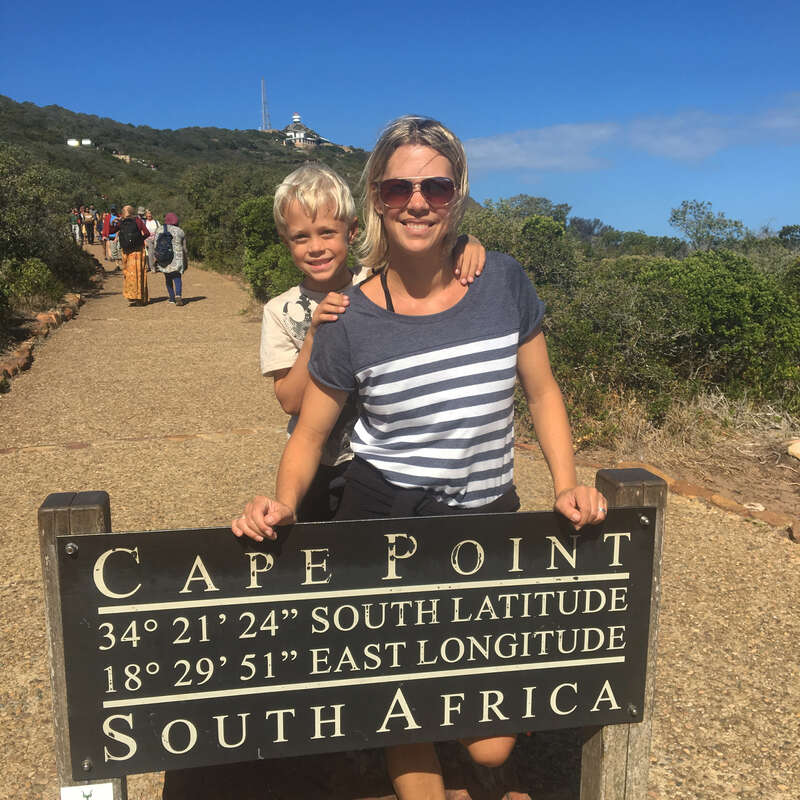About St James of Knysna
The St James of Knysna is a privately owned luxury hotel set in three acres of lawned gardens on the edge ...
... of the Knysna Lagoon. It has uninterrupted views across the water to the Knysna ‘Heads’ and the town of Knysna in the distance.
The St James is a very comfortable hotel offering good-quality accommodation and a high level of service. Although it is very close to Knysna, it is tucked away in its own tranquil lagoon-side setting.
Accommodation
15 rooms
Children
Best for aged 5+
Open
All year
Activities

Boat trip

Canoeing

Dune-boarding

Elephant encounter

Fishing

Helicopter

Horse-riding

Kayaking

Mountain biking

Quad-biking

Scuba-diving

Self-guided walking

Snorkelling

Watersports
Traveller reviews of St James of Knysna
1 real, un-edited reviews from Expert Africa's travellers.
Arrived 7 Mar 2018, 3 nights
"St James of Knysna review"
Overall rating: Excellent
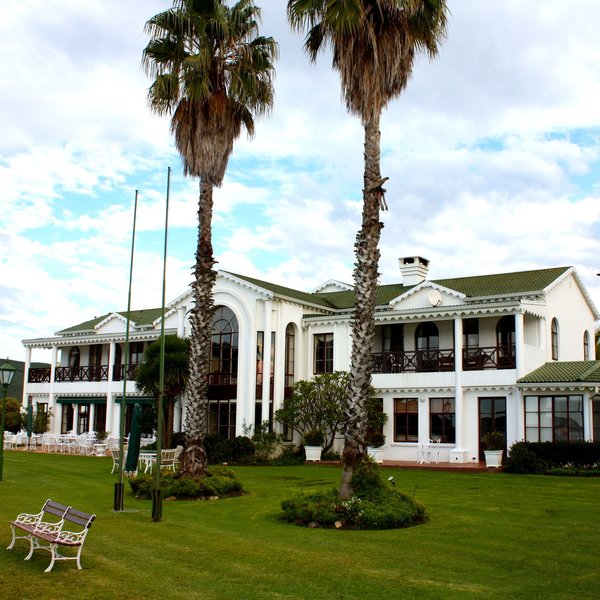
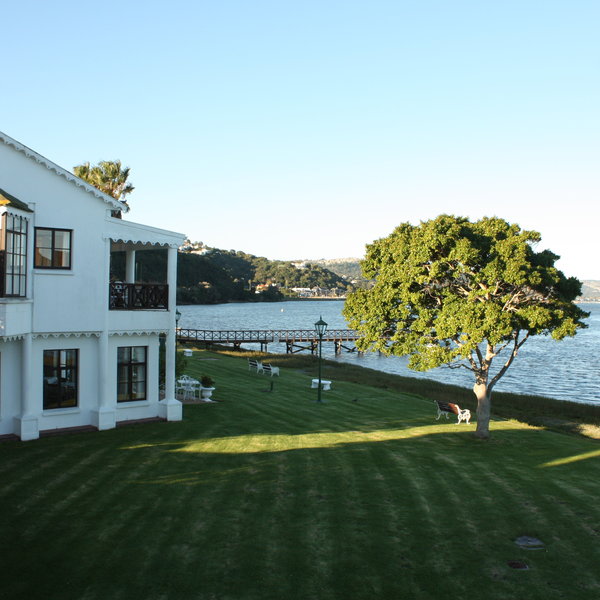

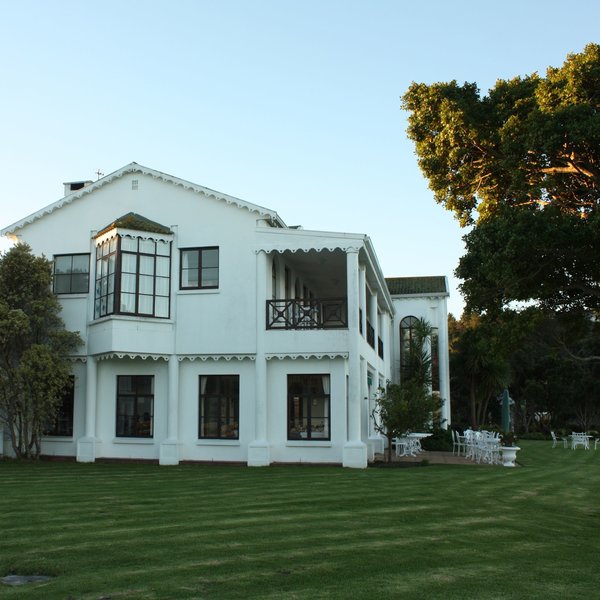
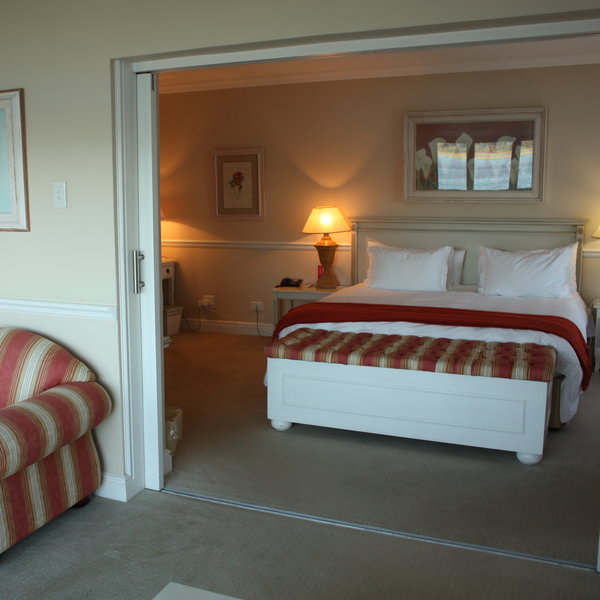
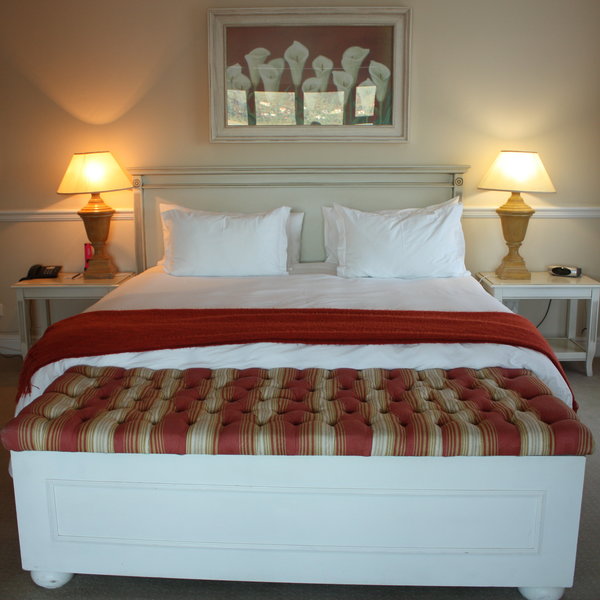
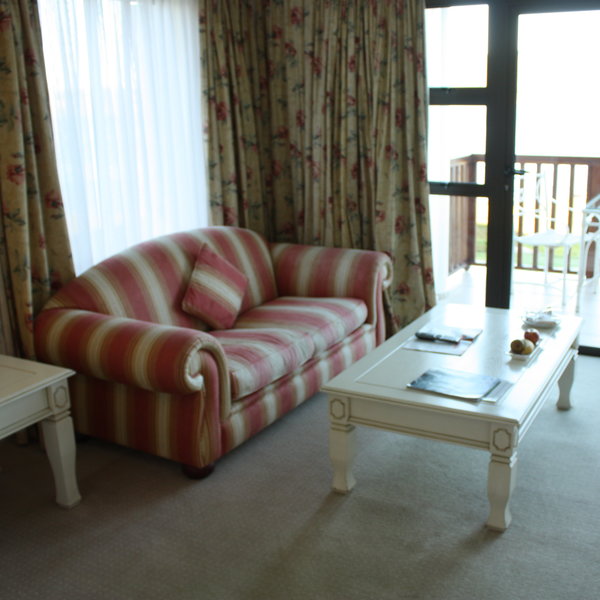
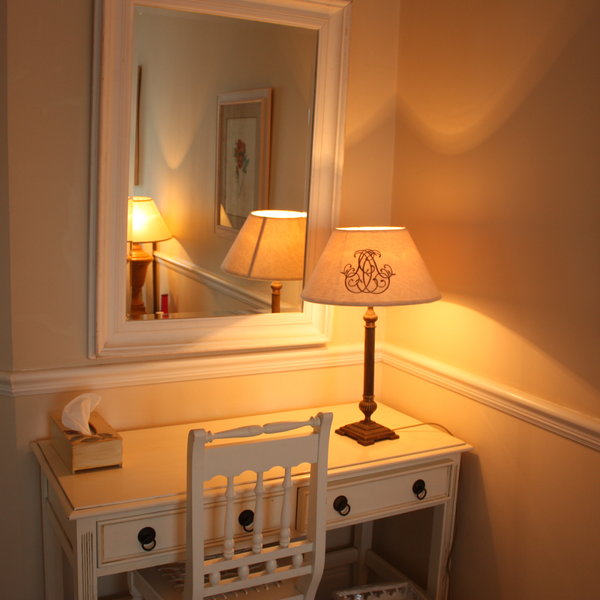
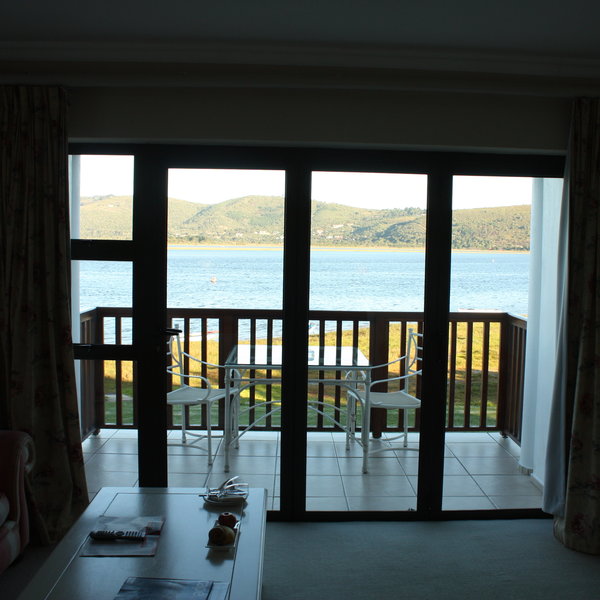
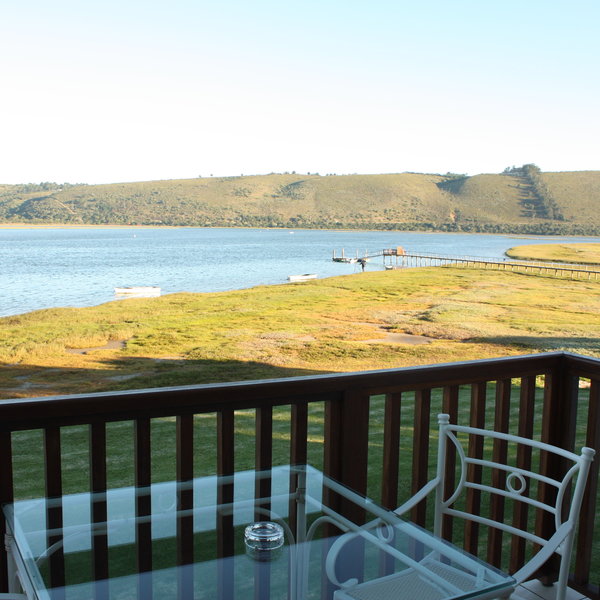
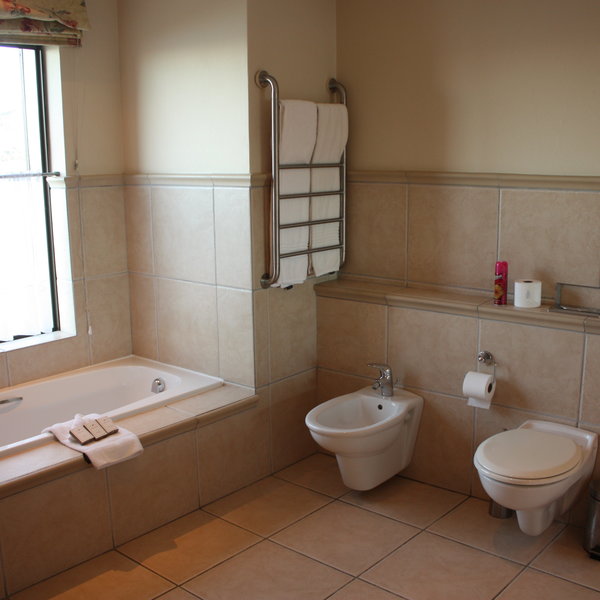
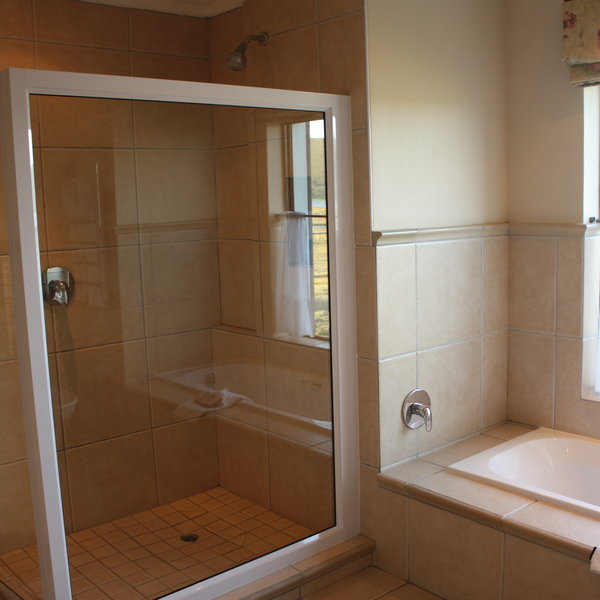
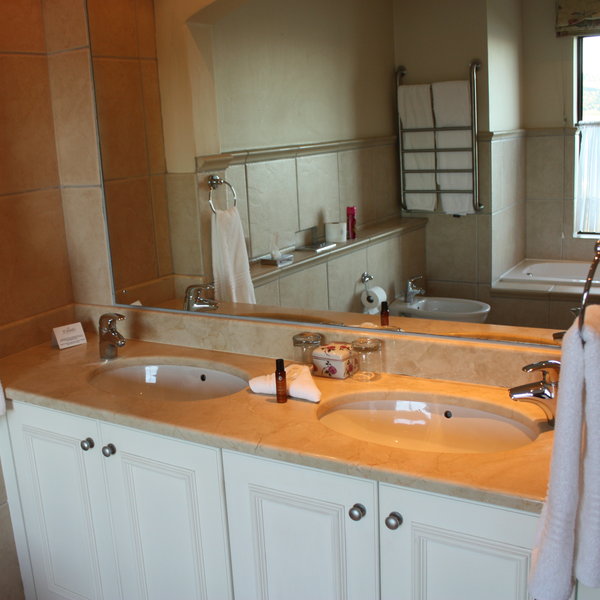
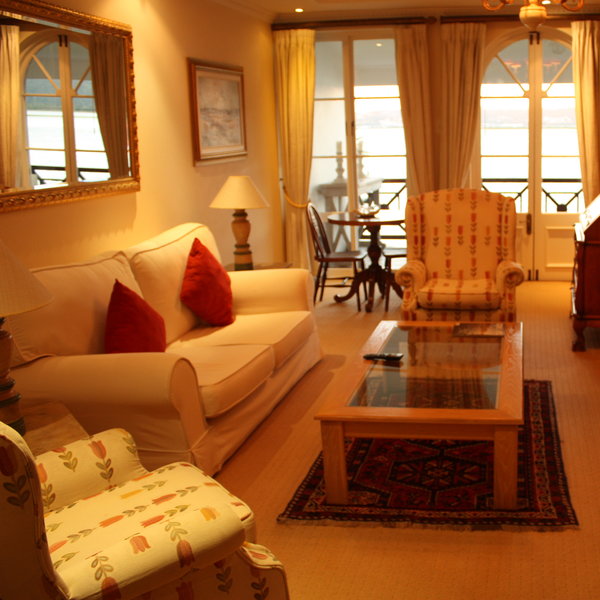
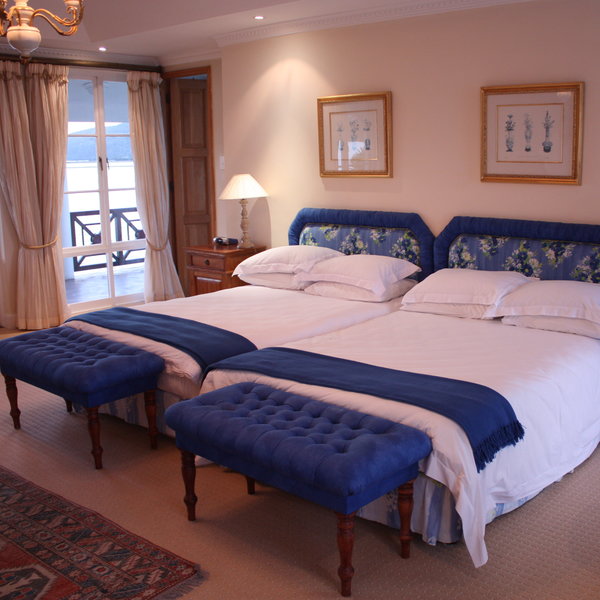
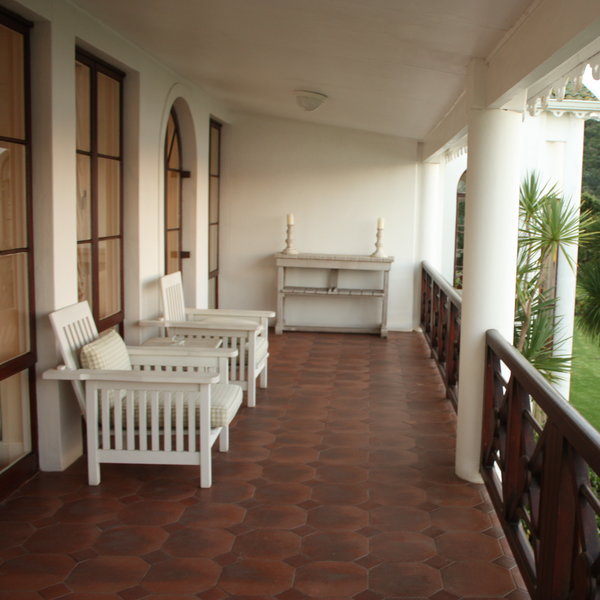
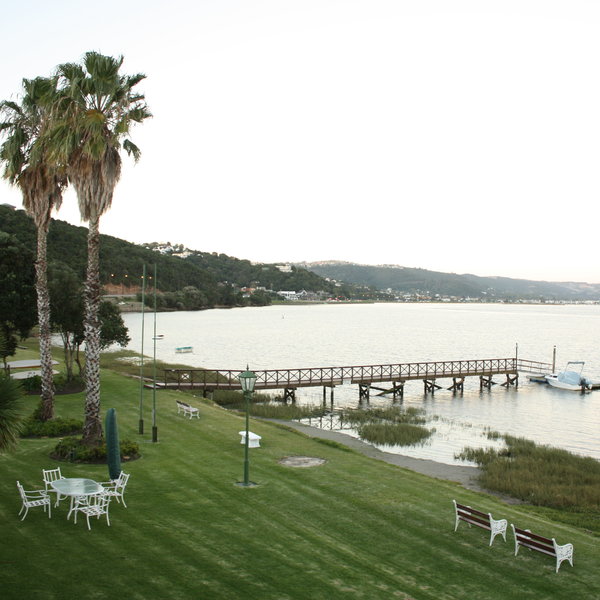
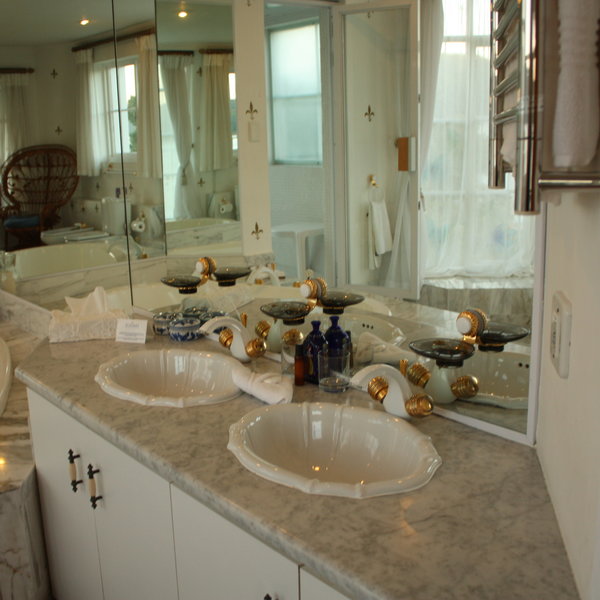
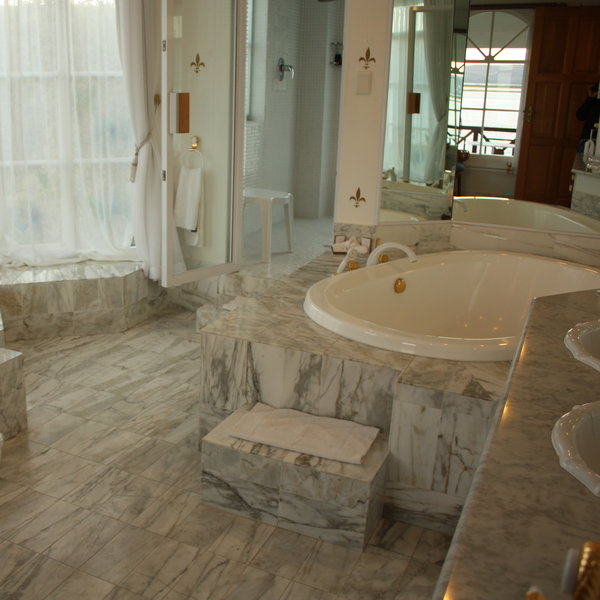
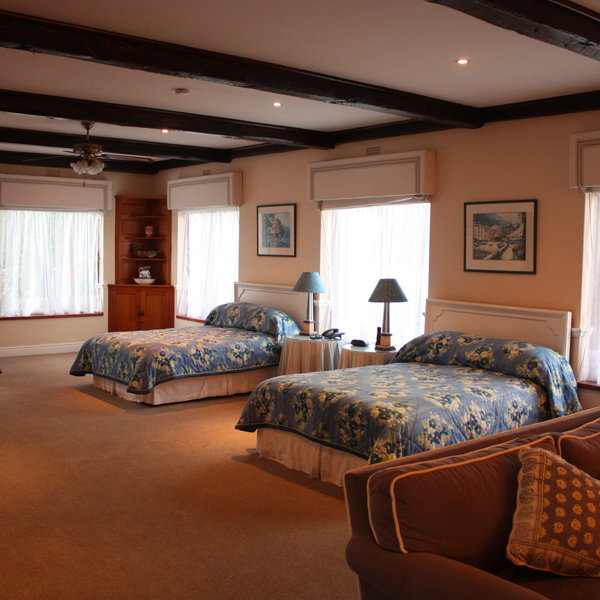
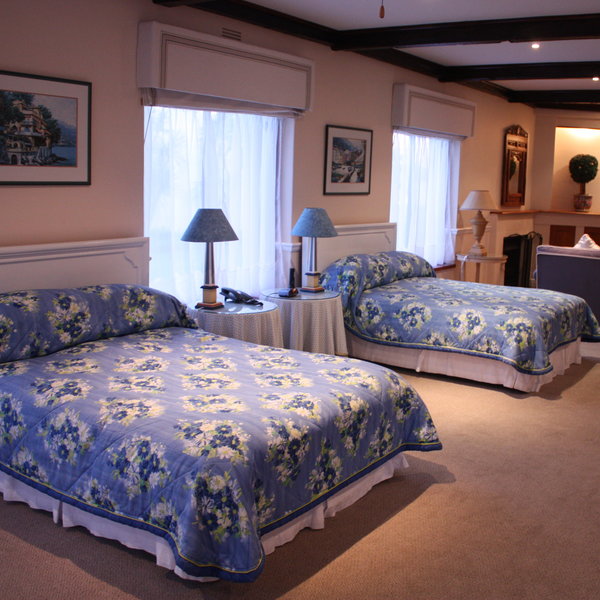
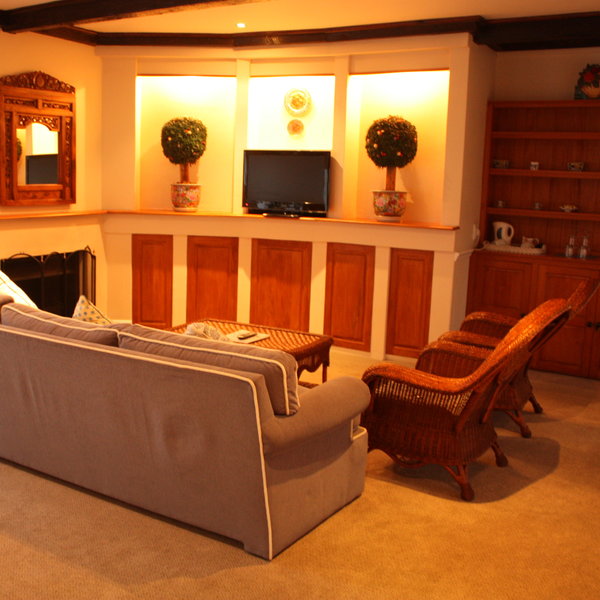
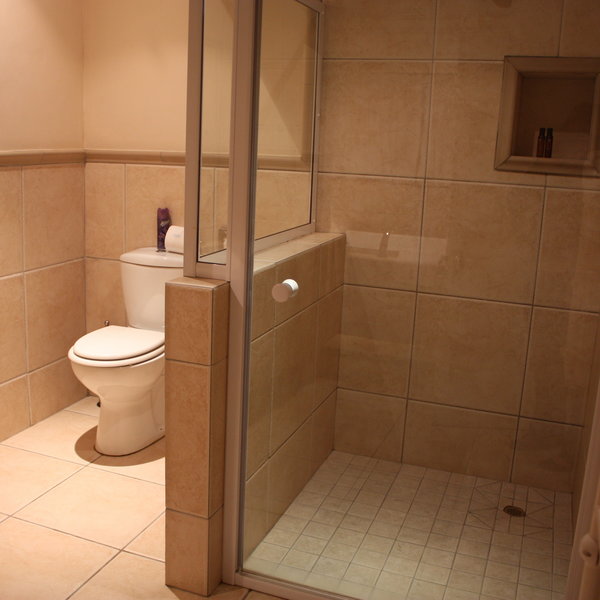
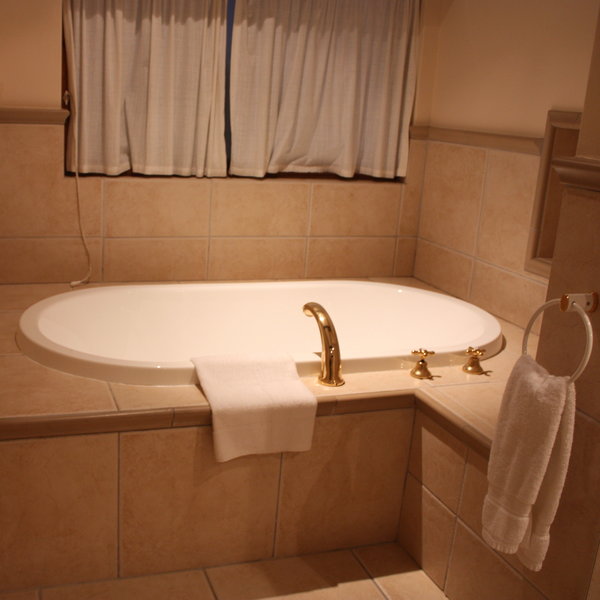
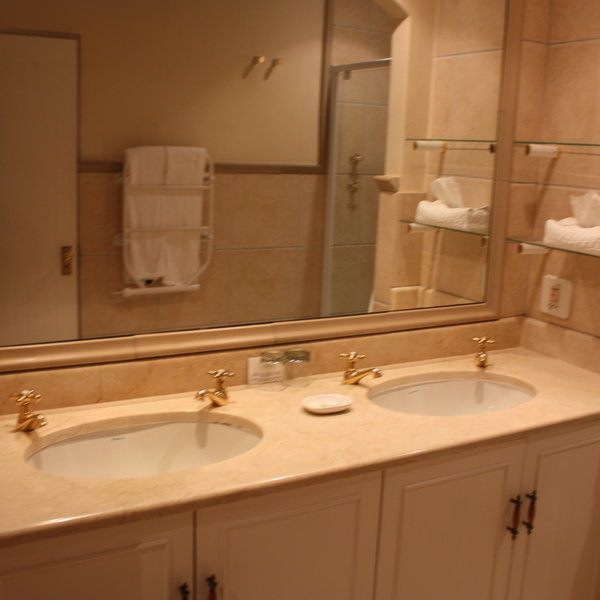
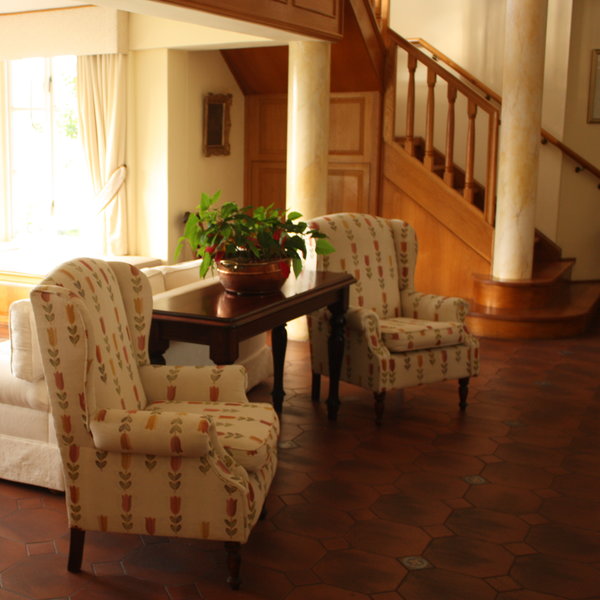
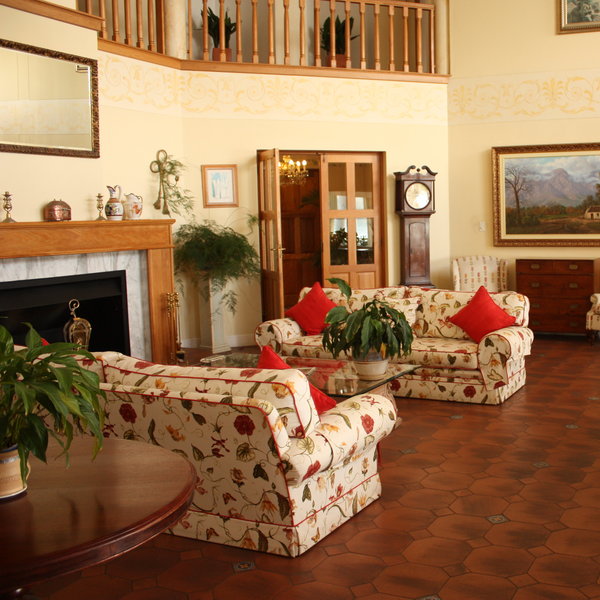
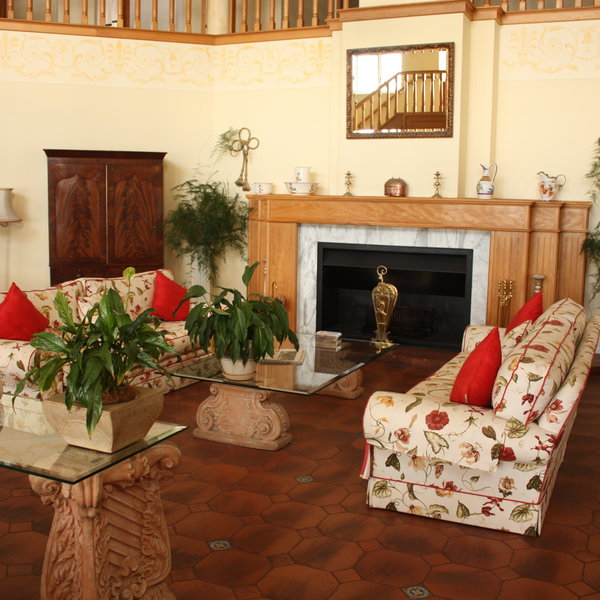
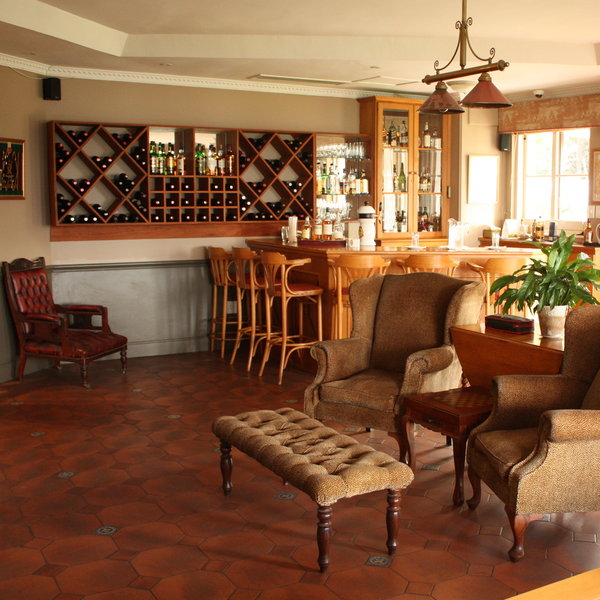
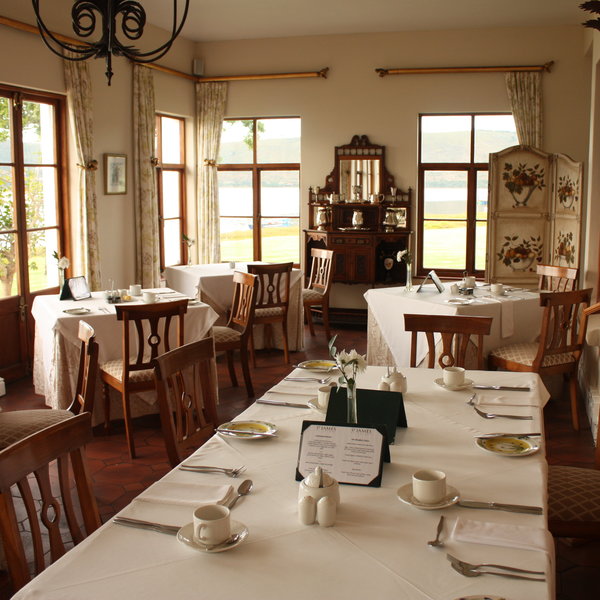
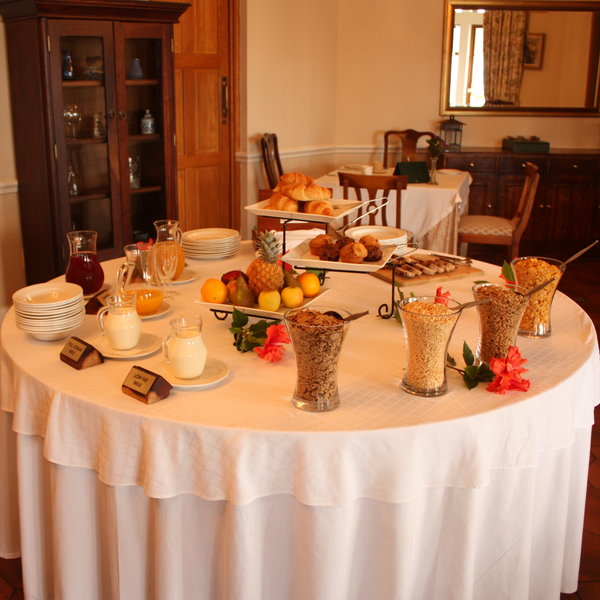
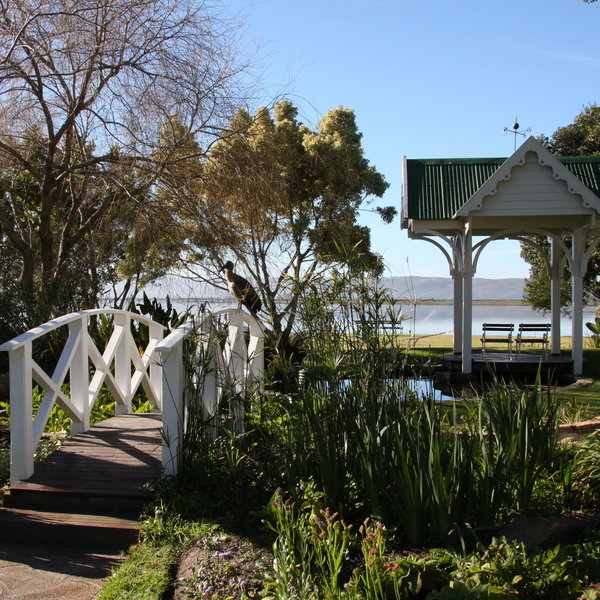
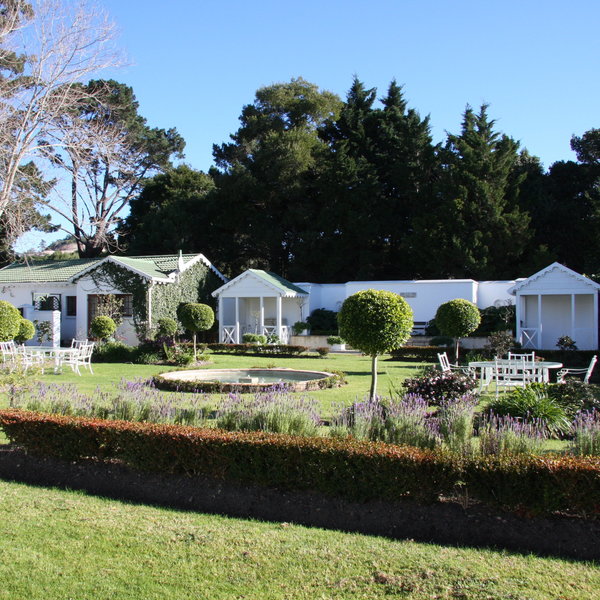
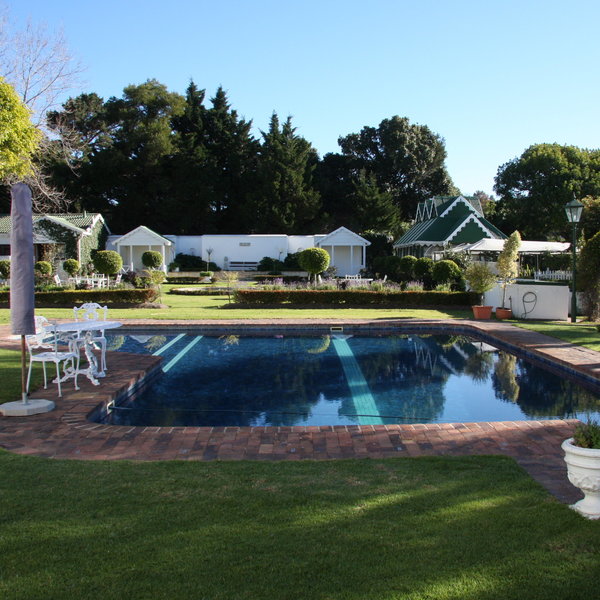
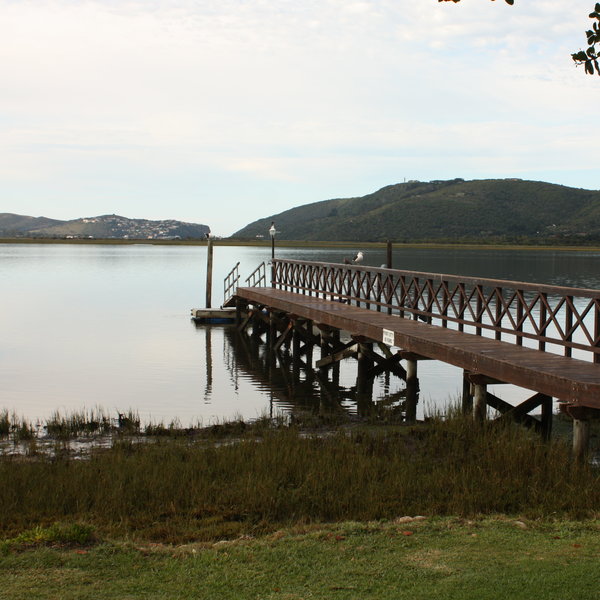
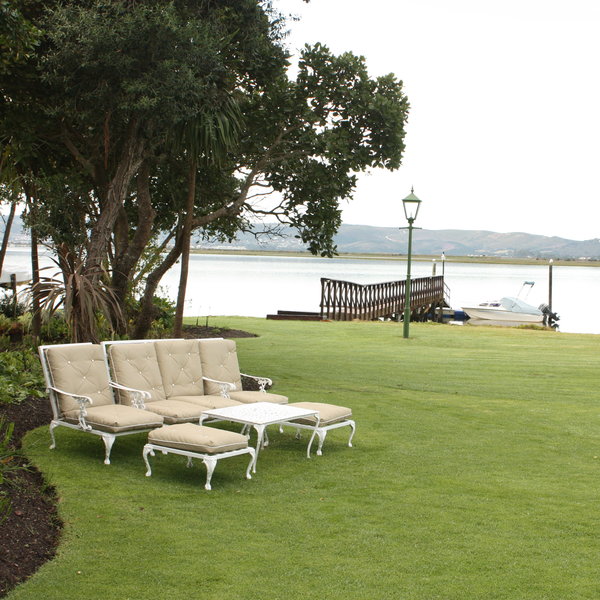
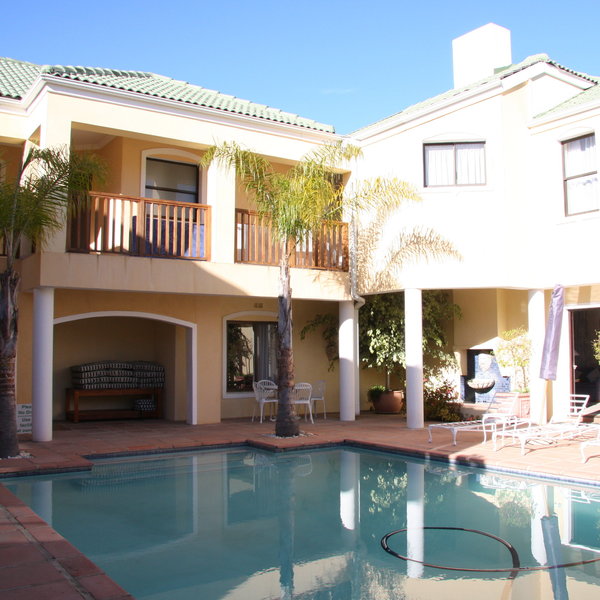
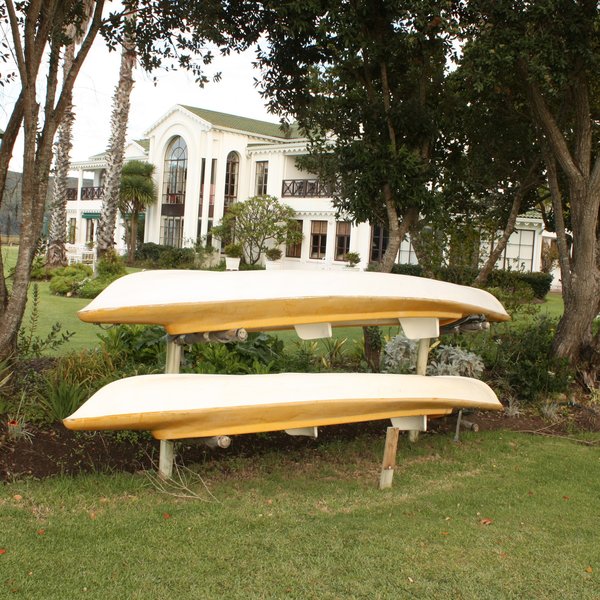
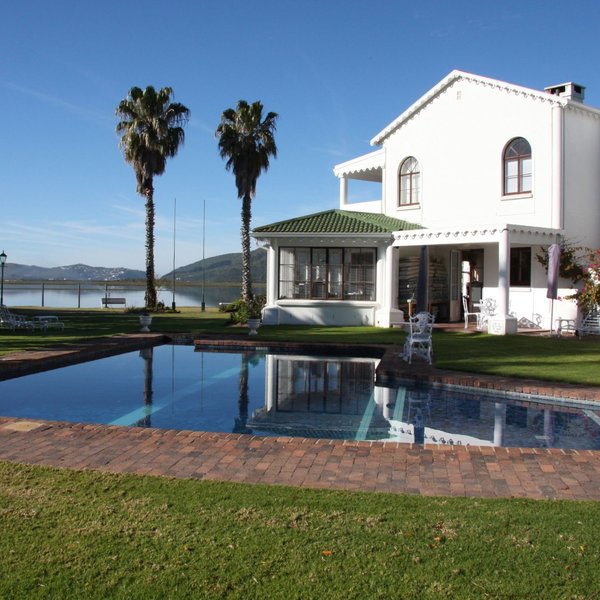
Expert Africa's gallery
When we travel we take lots of photos ourselves to give you a real and un-edited view of the trips. See our 40 pictures of St James of Knysna to get the candid view.
View gallerySt James of Knysna: Our full report
The St James of Knysna is a privately owned luxury hotel set in three acres of lawned gardens on the edge ...
... of the Knysna Lagoon. It has uninterrupted views across the water to the Knysna ‘Heads’ and the town of Knysna in the distance.
The St James is divided into two buildings: the Manor House and the adjacent Courtyard, both of which are set on the edge of the lagoon.
Spread between these two buildings are 15 rooms and suites in various guises, all tastefully decorated in pale creams, yellows and blues. In some, there is a balcony or patio with views over the lagoon or the gardens. Every room has an en-suite bathroom, some with bath and separate shower, as well as air conditioning, WiFi, a TV, a digital safe, tea- and coffee-making facilities, and a direct-dial phone.
Accommodation in the Manor House comprises a ‘standard’ double room, two ‘deluxe’ suites, a ‘superior’ suite and the ‘presidential’ suite – all on the first floor.
- The Standard Double Room is a 29m2 bedroom with a king-size bed and a garden view.
- Two Deluxe Suites each have a bedroom and a separate lounge, facing the garden. In the twin suite (42m2), the bedroom has two double beds, whereas the slightly larger double (47m2) has a king-size bed.
- The Lady Anne Superior Suite is similar in size, at 42m2, but has an entrance hall, a bedroom with a king-size bed, a separate lounge and a balcony overlooking the lagoon.
- Last up is the sizeable George Rex Presidential Suite, at 67m2, which boasts a bedroom with two double beds, a spacious marble bathroom with a sauna, a separate lounge and a balcony overlooking the lagoon.
- The Standard Double Room is 30m2 with a king-size bed a view of the garden.
- The four Superior Suites, of 46m2, have a king-size bed and lounge area. Three of these are lagoon facing with balconies, and one overlooks the garden.
- Two Junior Suites are a spacious 55m2 with two double beds and a lounge area facing the garden.
- Three Deluxe Suites are even bigger, at 60m2, with a king- size bed and lounge area. These rooms are lagoon facing.
The smart Twin Palms Restaurant is named for the two palm trees that stand on the edge of the lagoon. Windows and doors on two sides make it light and airy with uninterrupted views of the lagoon, and lead out onto a patio offering outside dining, right on the water’s edge. The menu incorporates a range of dishes with a local twist, accompanied by an extensive wine list. The restaurant has an on-site pastry chef, ensuring that all the breads, desserts and cakes are homemade and fresh. It also offers a terrace menu, for lighter meals during the day.
The Paquita Bar, fronted by bar stools, sits in the corner of one of the lounges, which has a large fireplace surrounded by comfy sofas. This is a great spot to meet other guests for pre-dinner drinks. In the double-height main hall is another lounge with more sofas and armchairs in front of a large fireplace. A wooden staircase leads from the hall to the upstairs bedrooms.
The vast lawned gardens of The St James offer peaceful walks, a large koi carp pond, one of two swimming pools (the other is at the Courtyard), croquet, pétanque and angling off the private jetty in front of the hotel. The lagoon is also a magnet for water birds. For on-site activities, fishing rods are provided and canoes are available for guests to explore the lagoon, while the surrounding area offers hiking, birdwatching, golfing and beaches. The hotel can also arrange mountain-bike tours, Quad Biking, fishing charters, and whale- and dolphin-watching trips in season. (NB: It’s essential that you read the Quadbike warning in the ‘Health & Safety’ section below for our comments on insurance issues regarding this activity.)
Activities
Boat trip
Canoeing
Dune-boarding
Elephant encounter
Fishing
Helicopter
Horse-riding
Kayaking
Mountain biking
Quad-biking
Scuba-diving
Self-guided walking
Snorkelling
Watersports
Families & children
- Attitude towards children
- Children of all ages are welcome at the St James
- Property’s age restrictions
- There is no age restriction
- Special activities & services
- Fishing rods, canoes and board games are available. There is no babysitting service.
- Equipment
- Cots and highchairs are available.
- Generally recommended for children
- We recommend the St James for children 5 years and older.
- Notes
- Parents need to supervise children at all times as the two swimming pools are not fenced and the gardens run straight to the lagoon with no protective fencing.
Food & drink
- Usual board basis
- Bed & Breakfast
- Food quality
- On our visit to The St James in May 2014, we found the food here to be good and imaginative. All meals are served either in the restaurant or outside on the terrace.
Breakfast, between 8.00am and 10.00am, consists of freshly baked bread, muffins, croissants, a range of cereals, porridge, yoghurts, and a selection of cold meats and cheeses. For a hot breakfast, there are eggs cooked to order, including omelettes and eggs Benedict, along with bacon, grilled sausages, and smoked kippers or haddock.
The light lunch menu offers oysters (for which Knysna is famous!), a selection of salads and sandwiches, fish and chips, calamari, burgers and pasta, as well as vegetarian options, followed by desserts.
Dinner, served between 6.00–9.30pm, is slightly more formal. Locally sourced seafood features highly on the extensive menu. When we visited, starters included beetroot salad with feta and sage, oysters, escargots, soup of the day, venison carpaccio or smoked salmon. Main courses were line fish of the day, mussels in white wine and garlic, grilled prawns, Karoo lamb shanks, fillet of beef, slow roast pork belly, Moroccan chicken breast and roast duck breast, as well as vegetarian options. Follow this with a dessert of apple tart, Cape brandy tart, cheesecake, chocolate mousse or a South African speciality – a Dom Pedro: ice cream blended with a liqueur of your choice served in a large glass (a cold version of an Irish coffee!)
.
If arranged with reception the day before, picnic baskets can be provided at R135–315 for two people. - Dining style
- Individual Tables
- Dining locations
- Indoor and Outdoor Dining
- Further dining info, including room service
- Room service is available at an extra charge of R20.
- Drinks included
- Drinks are not included
Getting there
- Location
- Knysna | Garden Route, South Africa
- Ideal length of stay
- Three or four nights here is ideal to enjoy this part of the Garden Route.
- Directions
- The St James is 2.8km from the centre of Knysna, 60km (1hr) from George Airport and 260km (about 2½hrs drive) from Port Elizabeth Airport. From Cape Town it is 485km, which is approximately a six-hour drive.
Approaching Knysna on the N2, cross over the Knysna Lagoon. Continuing for approximately 2.5 km you will see a sign on the right to ‘The Point’. Turn right onto a gravel road and you will find The St James entrance in front of you. - Accessible by
- Self-drive
Communications
- Communications
- Direct-dial phones are available in the rooms and there is also cellphone reception.
- TV & radio
- TV’s are in the rooms with some satellite channels
- Water supply
- Mains
Health & safety
- Malarial protection recommended
- No
- Medical care
- There are doctors and hospitals in nearby Knysna.
Quadbike warning: quad-biking is sometimes available as an activity from St James of Knysna. As with any potentially dangerous activity, it’s vital that you take responsibility for ensuring that you have adequate travel insurance prior to getting involved. Be aware that some insurances cover quad-bike activities only for bikes with lower engine ratings: check such clauses particularly carefully before you get on a bike. - Dangerous animals
- Low Risk
- Security measures
- The property is fenced and has security gates, but it is open to the lagoon.
- Fire safety
- There are smoke detectors in all rooms and a fire alarm in each area. There are instructions in each room of what to do in case of fire.
Useful info
- Disabled access
- On Request
- Laundry facilities
- A same-day laundry service is available at R5–R50 (25p–£2.50) per item.
- Money
- Each room has a digital safe. There is no currency exchange available however banks and ATM’s are available in Knysna
- Accepted payment on location
- Most credit cards can be used at no additional charge.
Plan and book your trip with Expert Africa
All of our trips are tailor-made, so we'll always adapt them to suit you. Talk to an Expert and let us plan and arrange your perfect trip.

Talk to an Expert
Call or email us now! We’ll match you with the Specialist in our team who is best suited to help you. Then together we can start planning your trip.

Set up your itinerary
Based on our experience and your ideas, your specialist will create a detailed, costed itinerary. We’ll refine it together, until we have a trip that you’re perfectly happy with.

Prepare for your trip
The same Specialist will make the seamless arrangements for your trip, send you detailed travel documents, and be available to answer any questions before you depart.

Travel with peace of mind
After you set off, you’ll be cared for by our partners in Africa, most of whom have worked with Expert Africa for decades. And if you ever need us urgently, we’re available 24/7.

When you return
We love to learn about your trip, and so will always be grateful if you’ve the time to give feedback to your Specialist when you return.
St James of Knysna's location
Look closer at the environment and surroundings of St James of Knysna.
Other lodges in Knysna | Garden Route
Alternative places to stay in this same area.
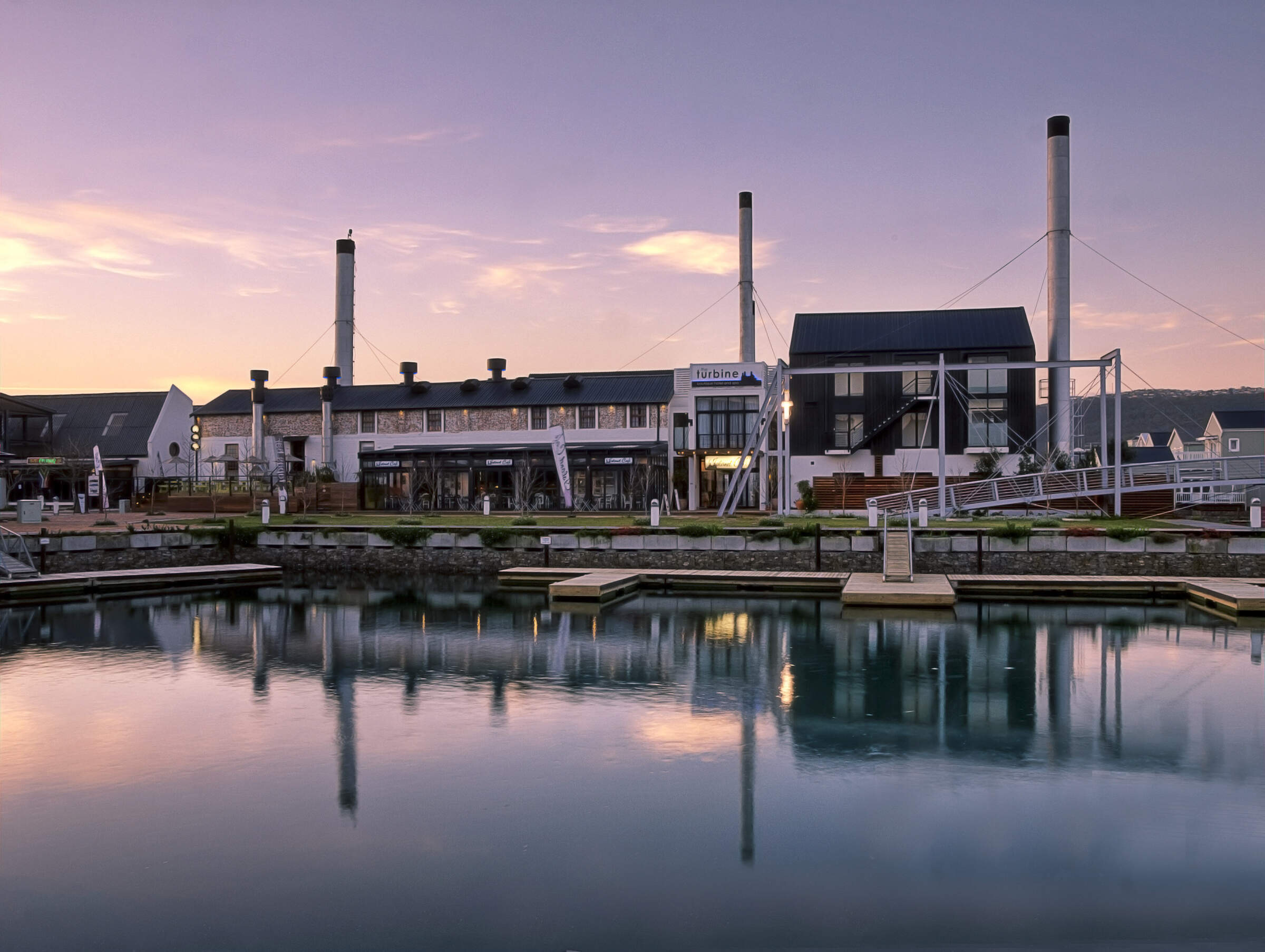
Turbine Hotel
Built on the site of an old power station, and maximising that heritage, the unique Turbine Boutique Hotel is set on Thesen Island in Knysna.
When to go to Knysna | Garden Route
Our month by month guide: What it's like to visit St James of Knysna in Knysna | Garden Route
Jan
Feb
Mar
Apr
May
Jun
Jul
Aug
Sep
Oct
Nov
Dec
South Africa in January
January is considered one of the best months to travel. In Cape Town the weather is hot and generally dry. The Garden Route is also excellent at this time of the year but has a more temperate climate, with slightly lower temperatures and rain can fall at any time of the year. In the Kgalagadi temperatures often top 40°C and short, sharp thunderstorms are also fairly frequent. Wildlife tends to disperse, although birding is excellent.
As this is the high season in the Cape there are numerous events, festivals and outdoor activities to attract visitors. Accommodation books up quickly and it may be necessary to book at least a year in advance. Reservations will often be needed for restaurants and visitor attractions too.
- Hot, largely dry days with clear skies – except on Garden Route
- Wildlife disperses in the Kalahari but birding excellent
- Events, festivals and outdoor activities staged for the high season
- The high season in the Cape, accommodation can cost up to 50% more
- Pre-booking of activities & attractions is essential
Our view
Fantastic: the very best time to visit
Weather in January
South Africa in February
In February conditions are largely the same as in January, although temperatures can be slightly higher, especially in the interior. The wind in Cape Town starts to ease off. Although the Garden Route can experience some rain, the days are pleasantly warm and largely dry.
The Kgalagadi remains very hot, but the birding is still excellent. Wildlife viewing can be tricky especially if there has been some rain, as the resulting long grass can obscure the animals.
For visitors it’s still the high season, but with the local school holidays over and residents back at work, it is less busy than December and January. Accommodation costs remain high and it’s still advisable to pre-book certain activities and restaurants.
- Hot, largely dry days with little cloud
- Wind starts easing in Cape Town
- Slightly less busy than December & January
- Accommodation costs remain high, activities still best pre-booked
Our view
Fantastic: the very best time to visit
Weather in February
South Africa in March
March is still a very good time to visit. Conditions remain dry and very warm in Cape Town, although temperatures start dropping off towards the end of the month. The wind has usually died right down.
The Kalahari remains very hot and in years of good rains vegetation is at its most lush – making wildlife viewing tricky.
Typically, the crowds dwindle, but it can get very busy if Easter falls in March. It is also worth bearing in mind that during major events in March, including the Cape Town Cycle Tour, Cape Epic Mountain Bike Tour, The Cape Town Carnival and the International Jazz Festival, accommodation can get very full.
Attractions remain busy but booking is less essential.
- Temperatures start falling towards the end of the month
- Cape Town hosts a number of world class sport and cultural events
- Wildlife in the Kgalagadi disperses, game viewing more challenging
- Crowds diminish as the high season comes to an end
- Accommodation can get busy during major events
Our view
Fantastic: the very best time to visit
Weather in March
South Africa in April
April is South Africa’s “shoulder” season and is often the most pleasant. Not too hot, not too cold, some rain but not masses. In Cape Town and along the Garden Route days are usually sunny, warm, windless and largely dry, although in Cape Town the chance of rain increases from the end of the month.
In the Kgalagadi the rainy season is typically over and migratory birds are starting to make their journey back up North. Vegetation remains lush but wildlife viewing starts picking up towards the end of the month.
The region is still relatively busy (especially of its still Easter) but it gets quieter towards the end of the month thus availability improves. Accommodation rates start to decrease, and it becomes less important to book restaurants and attractions in advance.
- Temperatures still warm and very pleasant, with little wind.
- Rain starts easing in the Kalahari and migratory birds start to depart
- Less busy, especially towards the end of the month - busy over Easter
- Accommodation frees up and prices start to come down
Our view
A very good time to visit
Weather in April
South Africa in May
May marks the start of the dry season in the Kgalagadi. Days are warm and dry with almost zero rainfall. Night-time/early-morning temperatures can drop towards 0°C. Wildlife viewing is at its peak as animals concentrate around the few remaining water sources.
Days can still be warm and sunny in Cape Town and on the Garden Route, but the weather becomes a lot more variable. May heralds the start of the rainy season in Cape Town and the winelands. Night-time temperatures rarely drop below 10 degrees in the coastal areas.
With far fewer tourists, accommodation prices are at their lowest. There is rarely any need to pre-book activities, but reservations are still advisable at some of the top restaurants.
- Higher chance of rain in Cape Town & the Winelands
- Day time temperatures drop significantly
- Wildlife viewing peaks in the Kgalagadi
- Low season so rarely busy & very few crowds
- Low season rates at the hotels & lodges
Our view
A good time to visit, with pros & cons
Weather in May
South Africa in June
Winter is now in full swing. Maximum temperatures in Cape Town rarely reach 20°C and the rainy season is well under way. Outdoor activities therefore become limited, but a number of high-quality indoor events are organised.
The Garden Route has, in general milder weather and less rain than Cape Town.
June sees the arrival of the first whales which migrate to the South African coastline to give birth.
In the Kgalagadi, daytime temperatures are warm but nights and early mornings are bitterly cold. Wildlife viewing is excellent as animals are drawn to the few remaining permanent water points.
Overall tourist numbers are at their lowest, as are the costs of flights and accommodation.
- Cold & wet weather in Cape Town, Kgalagadi warm days but cold at night
- One of the best months for wildlife viewing in the Kgalagadi
- Whales start arriving to have their calves
- Low visitor numbers & no crowds
- Accommodation & flight prices remain low
Our view
A good time to visit, with pros & cons
Weather in June
South Africa in July
The winter weather continues with very cold nights and early mornings in the Kgalagadi and virtually no rainfall. Vegetation here is really thinning out now and water even more scarce – so wildlife is easy to spot.
Despite the winter and local school holidays, Cape Town remains a great place to visit. On a wet and cold day, the Two Oceans Aquarium, Zeitz Mocca (art museum) and the Cape Town Comedy Club all make for great days out, as does a trip to the wine country or the annual Oyster Festival at Knysna.
By mid-July most of the whales have arrived to give birth. Hermanus is the best place to see them.
At the height of the low season, so accommodation and flight prices remain low.
- Generally cold & wet in the Cape, but good quality indoor events
- Very good wildlife viewing in the Kgalagadi
- Oyster festival in Knysna
- Local school holidays can make places a little busier than usual
- Accommodation and flight prices remain low
Our view
A good time to visit, with pros & cons
Weather in July
South Africa in August
While August experiences mostly wintry weather it does mark the very beginning of spring with temperatures starting to rise. Visitors are drawn to the West Coast and Namaqualand to see the wildflowers, which start blooming in late August and can be seen until mid-September. Whales are still in abundance now too.
The Kgalagadi is now very dry and wildlife vieiwng is still good. Temperatures start climbing towards the end of the month.
Despite the weather , visitor numbers can be high as the northern hemisphere schools close for their summer holidays. It may be a good idea to book certain attractions and restaurants in advance.
Simlarly, although accommodation prices are still low, flight prices can be a little higher than in previous months.
- Temperatures start rising – but still potential for cold & wet weather
- Wildflowers on the West Coast & in Namaqualand
- Good wildlife viewing in the Kgalagadi
- Whales continue to attract visitors
- Can get busy due to northern hemisphere school summer holidays
Our view
A good time to visit, with pros & cons
Weather in August
South Africa in September
Good wildlife viewing in the Kgalagadi continues and daytime temperatures increase quite dramatically. Mornings and evenings are still on the chilly side, but not as cold as they are in June, July and August.
The 1st of September is officially the start of spring in Cape Town. Days become warmer but not quite warm enough to enjoy the city’s beautiful beaches. Venues all over Cape Town play host to various artists during the Cape Town Fringe Festival.
Rainy days are fewer, but night times can still get chilly. Many hotels are still charging low season rates making September great value for money.
Elsewhere, Hermanus hosts the popular annual Whale Festival, and in the West of the Cape, wildflowers continue to bloom until the middle of the month.
- The start of spring; temperatures start rising
- Whale festival in Hermanus
- Cape Town Fringe Ferstival attracts a wide range of artists
- Wildflowers blooming well until the middle of the month
- Good wildlife viewing continues in the Kgalagadi
Our view
A very good time to visit
Weather in September
South Africa in October
The weather starts warming up nicely, Cape Town experiences pleasant days, with much less rain, nights can still be quite cool, but not cold. Some days are now warm enough to enjoy the beach. This is one of the best months to visit the Cape Region.
October is one of the hottest months in the Kalahari. Water remains very scarce, so the wildlife viewing is still very good. Towards the end of the month the odd spectacular thunderstorm is possible with much lightning and thunder. Migratory birds start to arrive, and resident species gear up for the breeding season.
The whales are still present with Hermanus and False Bay the best places to see them.
- Days start warming up; fewer rainy days in Cape Town
- Very hot in the Kalahari – thunderstorms season starts
- Migratory birds start arriving & resident birds start breeding
- Whale watching still excellent in Hermanus and False Bay areas
- Start of the high season, getting busy and accommodation prices rise
Our view
A very good time to visit
Weather in October
South Africa in November
By November Cape Town is experiencing summer conditions with hot, clear days and warm, pleasant evenings. It’s a great month to enjoy the beaches before the peak holiday season in December. There are no real downsides to visiting in November and you may even get a few accommodation specials before prices go up for the festive season. Kirstenbosch Botanical Gardens begins their summer outdoor concerts with local and international artists performing.
The Kgalagadi remains hot but thunderstorms are a bit more regular. With the rains, water sources become more plentiful and wildlife disperses but this is when herbivores such as Springbok start lambing. Photography improves as conditions become less hazy.
This is the last month for regular whale sightings – they tend to migrate back down south by early December.
- Summer now in full swing, with temperatures often reaching 30°C
- Rainy days scarce; evenings warm & very pleasant
- Antelope start lambing in the Kgalagadi; wildlife generally dispersed
- Last month for regular whale sightings
- Good time to visit Cape Town before the peak holiday season
Our view
Fantastic: the very best time to visit
Weather in November
South Africa in December
December is usually Cape Town’s hottest month when temperatures frequently breach 30°C. You can expect hot and cloudless days, and almost no rain but December does see the occasional very windy day.
The Kalahari is still hot, but temperatures are not quite as high as previous months. With the rainfall the bush transforms into various shades of green. Wildlife disperses as water become more widely available.
The Garden Route enjoys warm to hot days with rain at any time but usually not over an extended period.
Mid to late December becomes incredibly busy with concerts, festivals and various outdoor activities in Cape Town. Hotel prices rise, tourist attractions and beaches are crowded and most popular sites and restaurants need to be booked in advance.
- Long, hot sunny days
- Kgalagadi bursts into life as rainy season kicks in
- Wildlife viewing a bit trickier as wildlife disperses
- Cape Town buzzing with concerts, events, festivals etc
- Peak season: attractions get very busy & accommodation costs rise
Our view
Fantastic: the very best time to visit
Weather in December

Looking for inspiration on where to travel next?
Visit our trip chooser to explore your options and find inspiration for your perfect African adventure
Inspire me